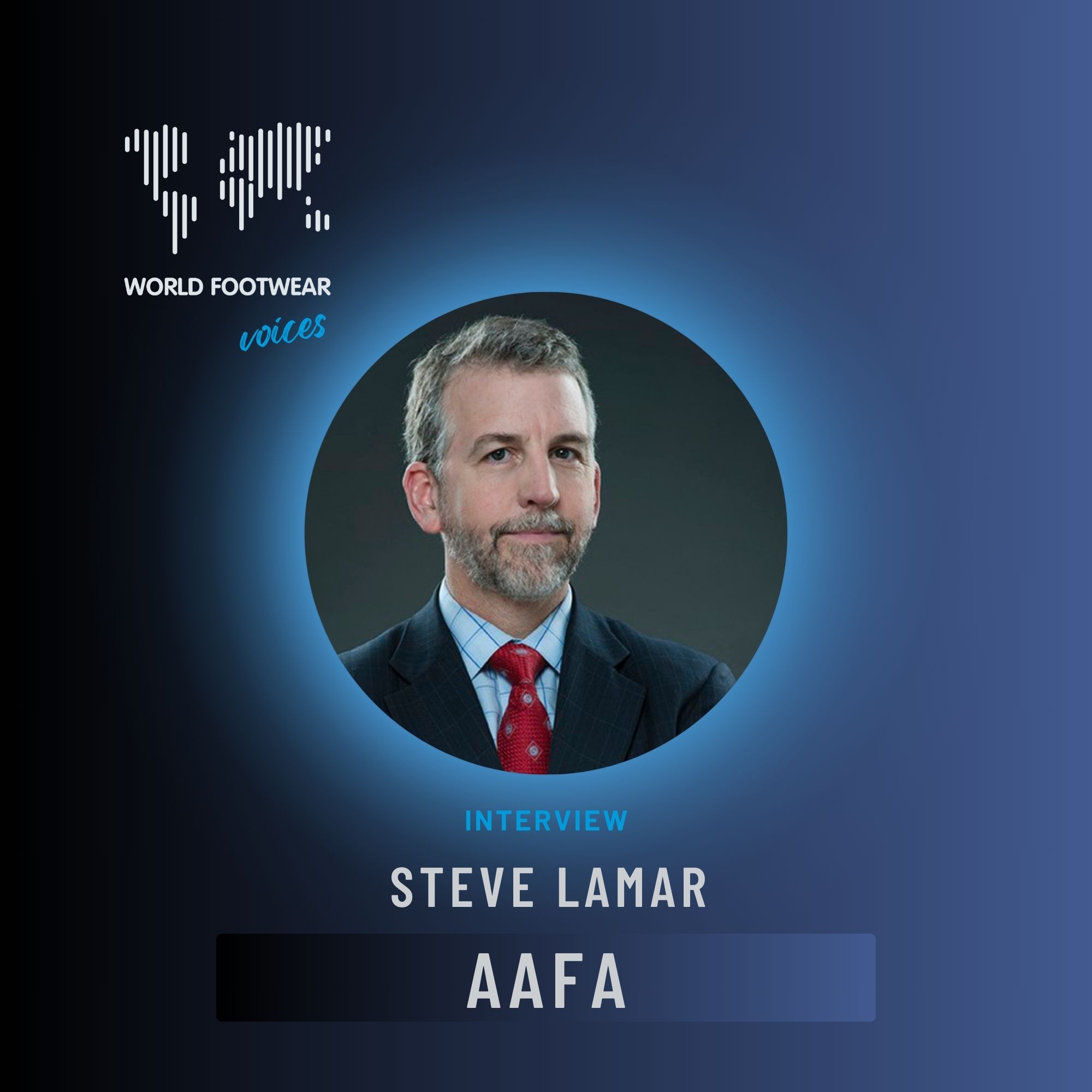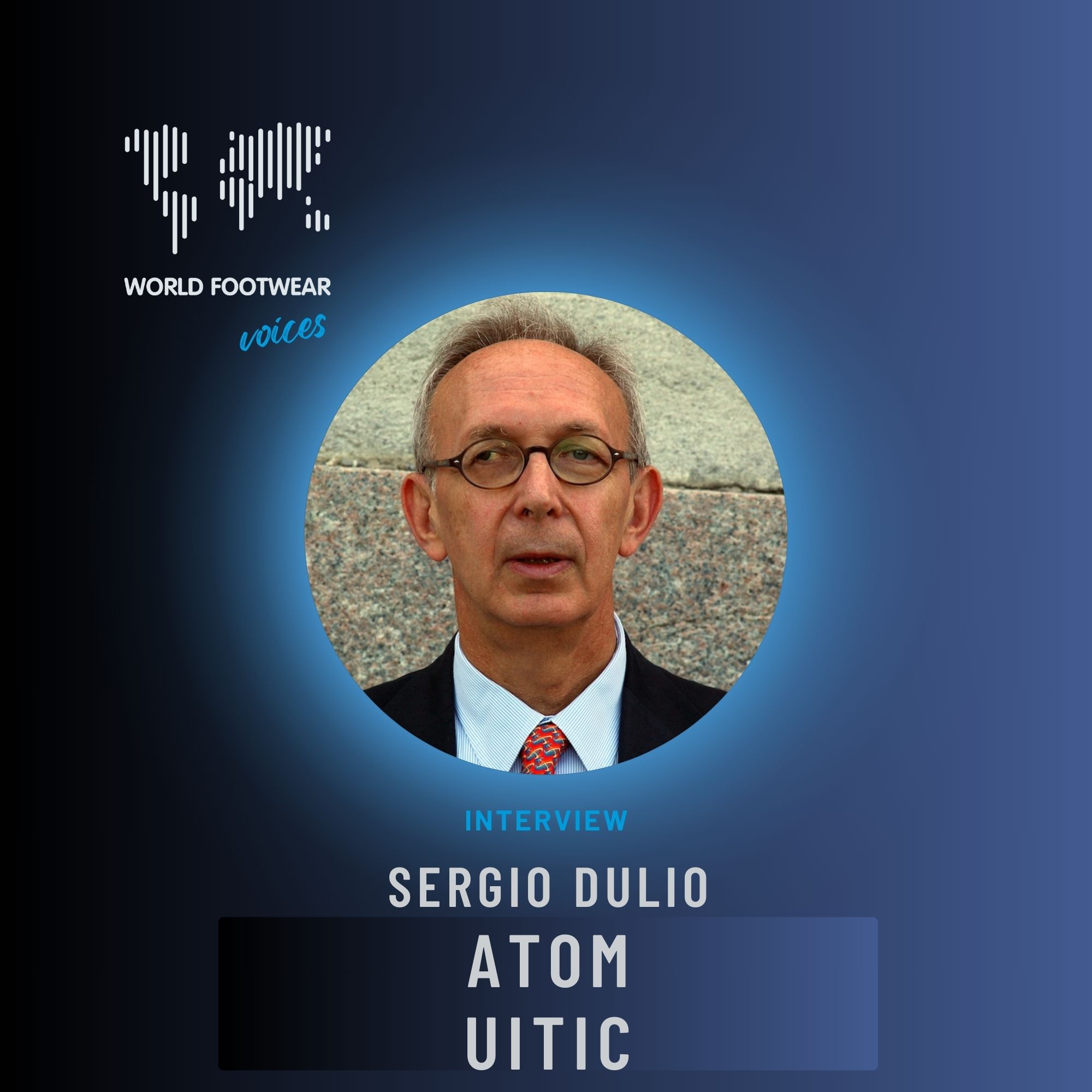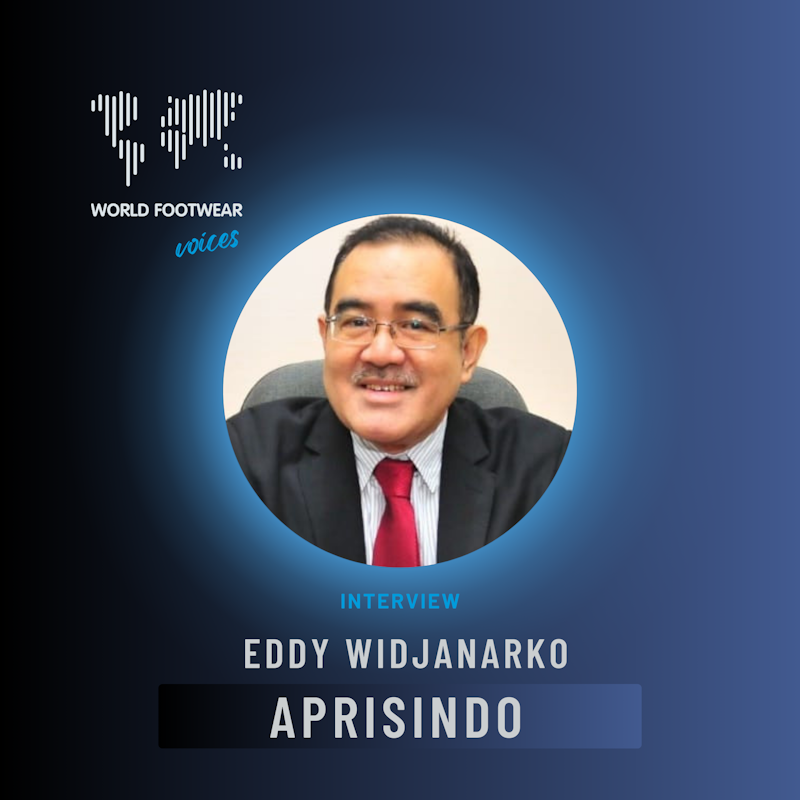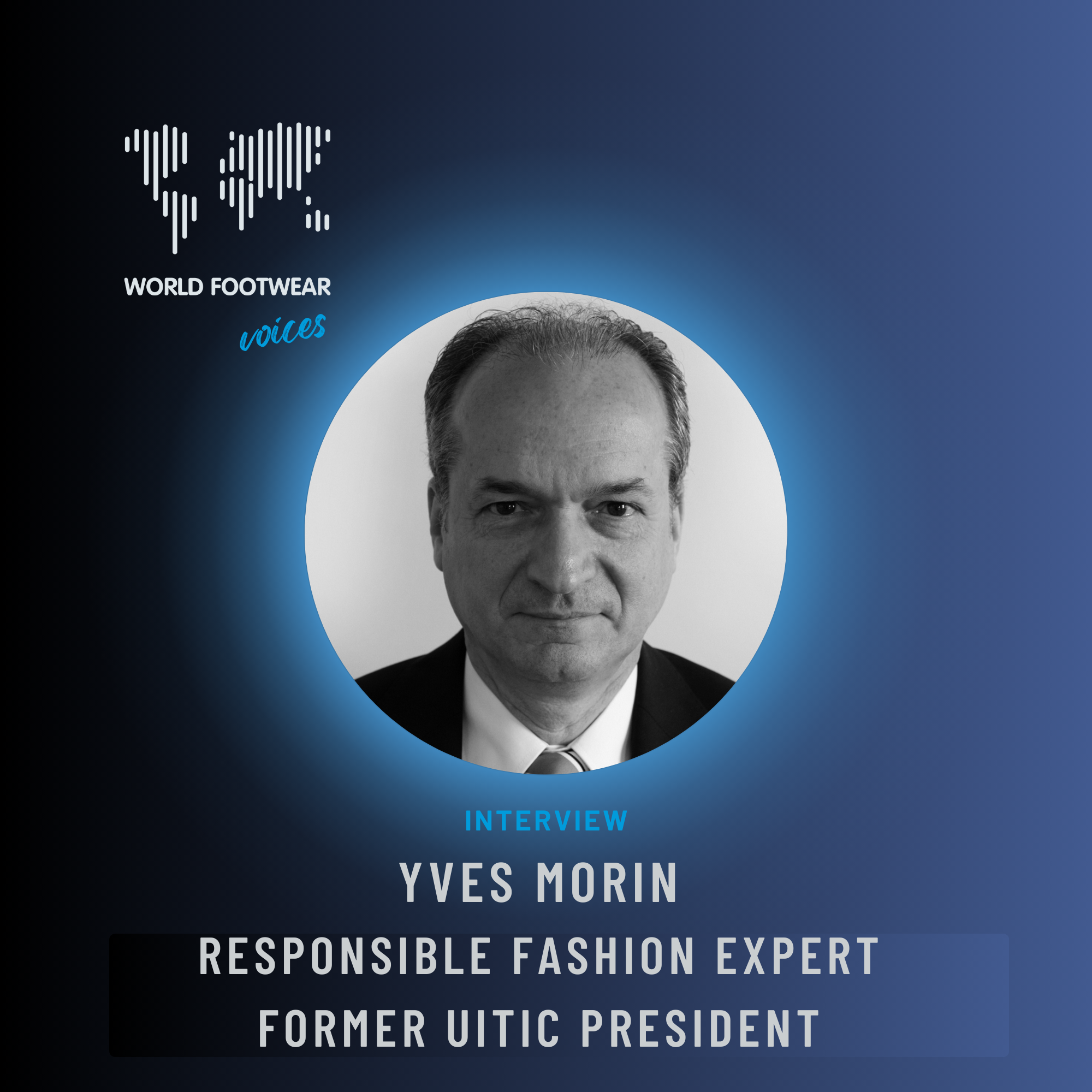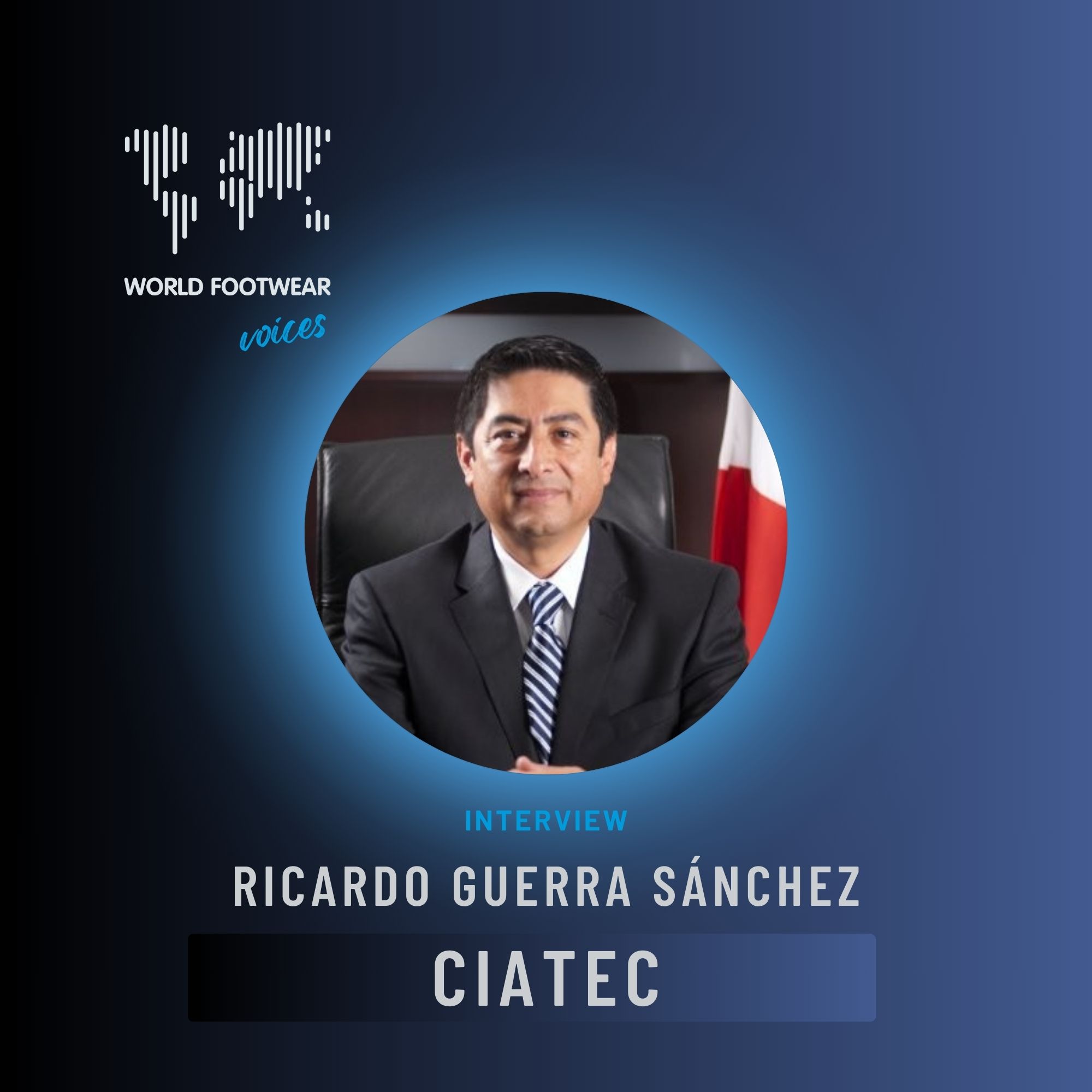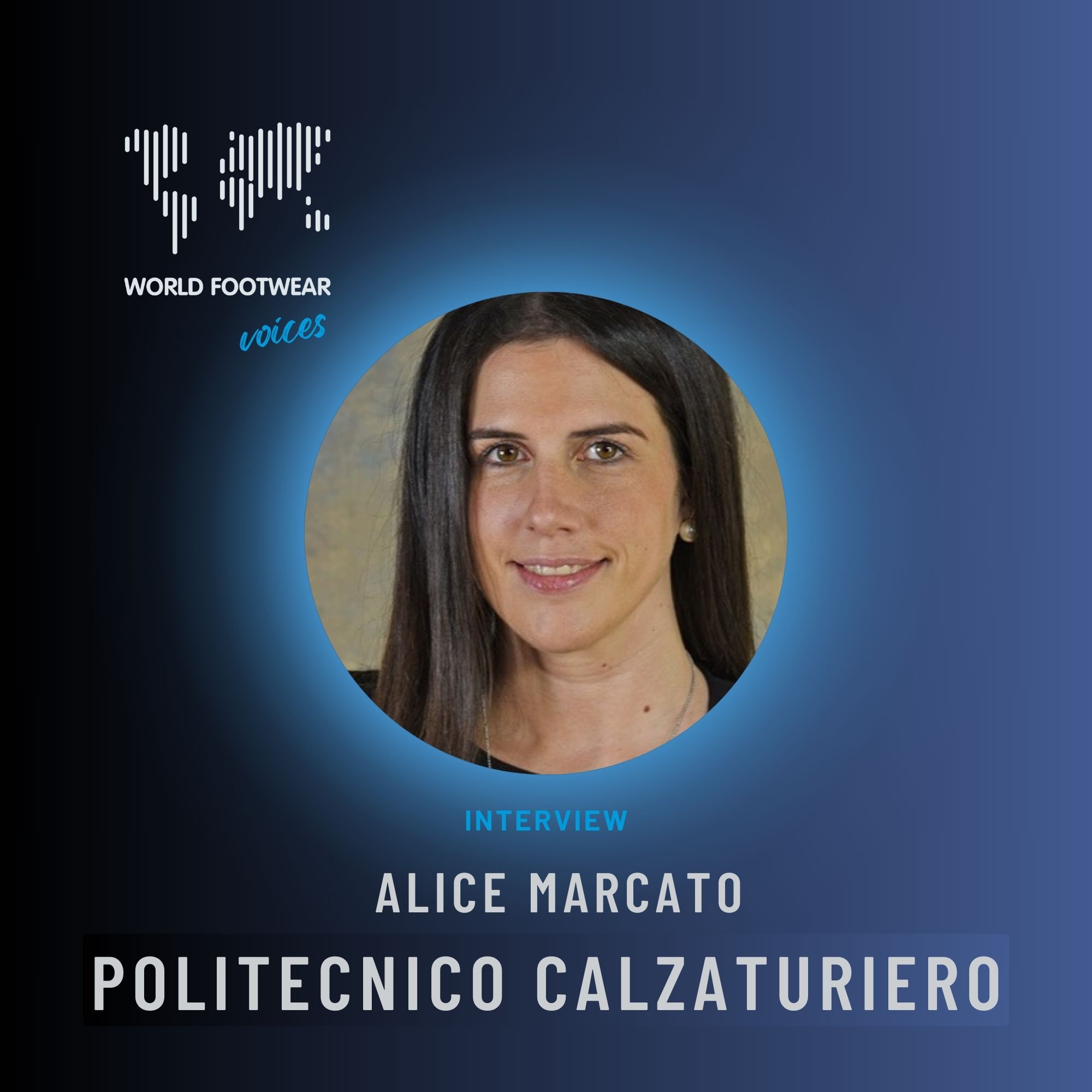World Footwear Voices: interview with Yuly Fuentes-Medel Ph.D. from MIT
Today we bring you a conversation with Yuly Fuentes-Medel Ph.D., Project Manager for Fiber Technologies at MIT. Watch the new episode of the World Footwear Voices
World Footwear: We are in Istanbul for the World Footwear Congress, and we have here Doctor Yuly Fuentes-Medel from MIT. Hi Yuly, thanks for being here with us. Currently, you are the manager of the MIT Fabric Innovation Hub. Can you tell us a bit more about your role and the mission of this hub?
Yuly Fuentes-Medel Ph.D.: Yeah, of course. Thank you for the interview, I am excited to be here. The MIT Fabric Innovation Hub started with the idea that the world of textiles, in general, needed a review of what is innovation. We’ve been inventing a lot of things at the level of materiality for a piece of textile. I do think a textile is a piece of technology, but we haven't thought about the system that embarks on making these textiles. So, MIT will never have a department of textiles, we’re not making them, but we can think more about the system around, be it the materiality, the human behaviours, the manufacturing technologies that need to exist, the metrics. So, it's a response to put MIT innovation at the service of the textile industry.
World Footwear: How would you define innovation in this context that we have of such challenging moments, as we are, for example, experiencing so many changes, climate change, and so on? How would you define innovation in this context?
Yuly Fuentes-Medel Ph.D.: At the institute, we have a clear mindset that innovation is a process, and it’s a process that by thinking through the system, you create value. So, anything that innovation will create will be new ventures in different spaces: you will do technologies, you will create social change, you will create policy. So, you have to re-invent parts of the system in order to put innovation at the service of societies. We don't think it’s the typical “we are going to invent a technology, an innovation that is going to change the world”. We think it's the whole process when you go from an idea to an impact. An impact will mean different things to different people. So that’s how you have to think of innovation: as a process.
World Footwear: Picking up from there. What role do you think innovation and technology can play in helping us to achieve more sustainable materials, more sustainable processes and a more circular economy?
Yuly Fuentes-Medel Ph.D.: I think one of the things that has to happen is that we need to go back, unfortunately for the ones who escaped chemistry class, to the atomic level. If we don’t think back on how we’re really kind of making the polymers that we are dressing, that we are using, particularly in the shoe industry, for example, the textile industry, fashion, or carpets and everything. If we don’t go back to that atomic level, we are not going to be understanding how we start creating this systemic change. So, innovation has to kind of go back to the beginning to really re-invent how we’re going to be evolving as a society in terms of thinking of the innovations that have to occur.
The second thing innovation can do at this moment is to think about innovation in packets. If you think about the value change of manufacturing for consumer goods in the world, you have to start from the idea and what we can kind of achieve faster, better and sustainably in the idea, in the manufacturing process, in the retail space. And also, now, we as humans, using those products. So, innovation has a role in all the packets. But at the same time, it’s the way that we are going to be rethinking how we live our lives more sustainably.
World Footwear: I believe at the Hub there is a concern to connect the industry with the students. Have you seen or witnessed a change in the way the younger generations behave, especially towards sustainability? And do you think they are helping to drive this change?
Yuly Fuentes-Medel Ph.D.: The students are the workforce of the future. We mostly have students who are kind of the leaders of things that they’re going to do in the future to create new change, right? So, we train them to be those thought leaders, but also emphatic leaders, like what’s really the change that needs to happen in the world? And engineers particularly, they have to be exposed to these industries in a new way to become the hope on how we are going to be more sustainable. We have examples of our students thinking “Can we do a store inside the institute where we recycle clothing and shoes? Our vintage clothing store”, because at the end of the game, they are using the same clothing and pullovers and hoodies all over and over, right? Are we thinking about all these external merchandise in the right way? Are we designing and engineering our shoes in the right way? So, they come with those questions that are fundamental for really changing the paradigms of what are going to be the future products. They are the fundamental bright light for what we can think about the future.
World Footwear: You have recently co-curated a report called the Footwear Manifesto. Can you tell us a little bit about that? And what are the main challenges for actually achieving circularity in footwear?
Yuly Fuentes-Medel Ph.D.: Well, I would need hours to fully explain the Manifesto, but it has a beautiful story. MIT, in 2010, published the first publication about emissions to build one sneaker with a company. It was the first LCA, and the industry had been using that document for a decade. So, I was sitting in my office at MIT, and we received a lot of calls from different companies asking what is going to be the future of circularity; like, “Houston, we got a problem”. We have been making and then throwing away all those shoes. So, as a response from the institute, to say “We’re here in service to the knowledge of this industry”, we did a summit, where we invited the industry. Interestingly enough, I didn’t know the level of competition the shoe industry has, right, you would never have competitors in the same room. But we said, “Well, if you really want to solve this, you need to put together your heads in thinking what is going to be the future of the industry with circularity in mind”.
The manifesto is the result of that summit, where we give them homework to think about pieces of the system that will enable the change for a circular economy. One of them is: how are we rethinking the business case and the business model for circularity? Are we going to be linearly making more money to make more shoes, or there are other packets of money in the system that you could be rethinking in a way that circularity plays a role for you as an industry? What are the roles of the designers? How are we thinking about the materials that are going to go in, and what are the industries that intersect with those materials? What are the behaviours that need to occur in the population for you, as a citizen, to take part in the circular economy? Because if you’re going to make a shoe, you're going to buy a shoe, if you are set to buy it, you need to take care of that shoe, and you need to care to think it, send it back to where you think is going to be a good system to bring it back to the industry or interact with others.
So, that summit was marvelous. We had the industry itself opening up the books for us as an institute, and we anonymised all the information to produce back this manifesto, which then was augmented by a global survey. We had like 1 000 people responding across the industry. And the truth is that the industry has been designing these products for decades. So, they have the knowledge in themselves to understand how we can reverse engineer this problem. So, it’s a testimony of them. And misunderstanding things like not understanding what circularity means for them, we decoded all of that, revealing that if they want to do this at a scale – because it’s not only one shoe that you make one particular shoe in circular – you need them to understand how to collaborate.
So that’s kind of what the manifesto has in a nutshell. It reveals all the challenges that the industry is facing today. And it also gives away a whole bunch of opportunities that the industry can take over now, and also think about what they need to invest for the future.
World Footwear: I think you said something in the report that there is something, and I’ll try to quote this correctly. And it says, “This industry is a community of experts who together can merge all tricks with the magic of innovation to achieve a better future”. My question is, what “all tricks” would those be? And how can we take those insights from our past and make sure they work in the future?
Yuly Fuentes-Medel Ph.D.: As I started working with the footwear industry, I was taken by storm. I was really inspired by the workforce of the shoe industry. You have people working there for decades, be it in the line of manufacturing, design of the product, or selling the product, they will rotate among functions while staying in the shoe industry.
So, when you have that level of knowledge about an industry, you know what’s going wrong. That’s one thing. And the old tricks of the past refer to the fact that shoes were designed in ancient times with the mindset of durability, and shoes are our basic form of transportation. So, merging the idea of materiality with performance: if you're going to design a high heel, that high heel is better to keep you standing and hold your entire body weight in a way that no other product can do. When they needed to do that, they went to the power of innovation in materials, to the power of ergonomics, and understanding what materials are going to be now needed for the future product. It’s in them to find it, it's in them to kind of play with the tricks of standards, regulations and the new building blocks that you need to make these shoes.
It’s also the old tricks of exchanging clothing back in the day more often, I would wear the shoes of the oldest cousins in the family. This idea of exchanging and creating communities was there back in the day, and when we were researching the 1900s, at least in the United States, in the city of Boston, which is a city that holds a lot of heritage for the shoe industry in the United States, we found that they did the Windows Day. It was the idea that they weren’t selling enough shoes, so they would share their windows to share products from other companies in a way that people would buy more of these beautiful boots and new shoes in leather. So, the collaboration has been there as a spark always for them to kind of take the next level, and I think that is really inspiring for this industry. They know the tricks; we just need to inspire them to do it.
World Footwear: Thank you very much, Yuly. These were some insights from MIT. Follow the World Footwear for more updates on the footwear industry.
This interview was conducted in Istanbul in November 2023 during the World Footwear Congress


